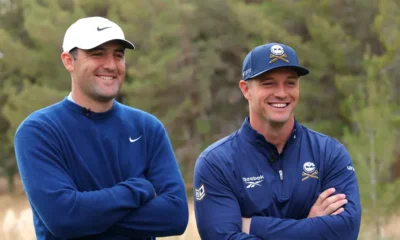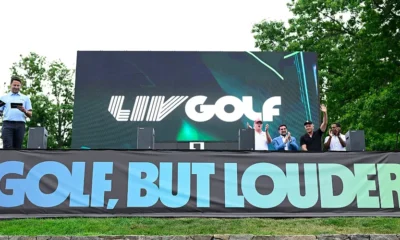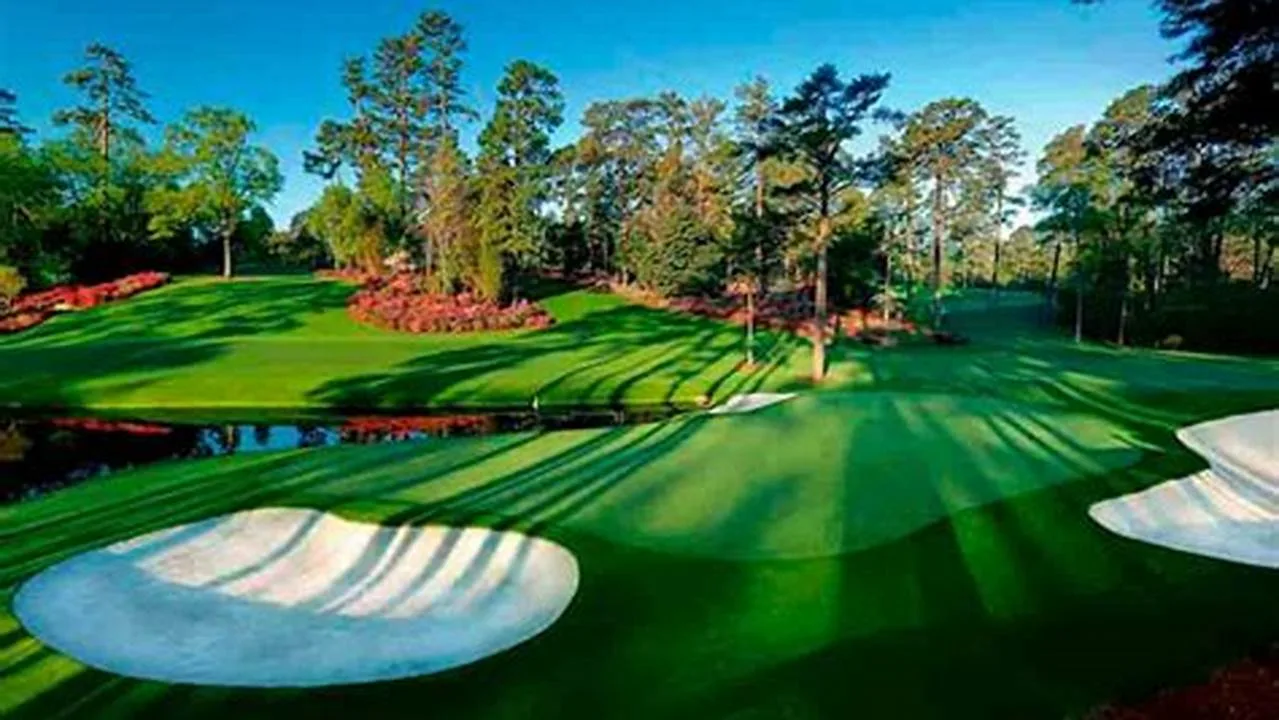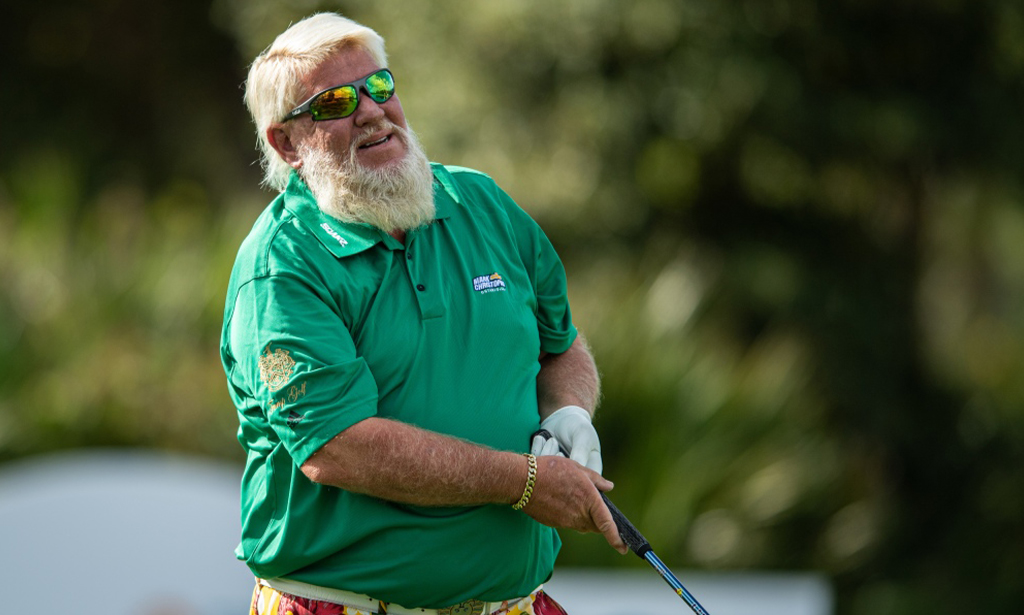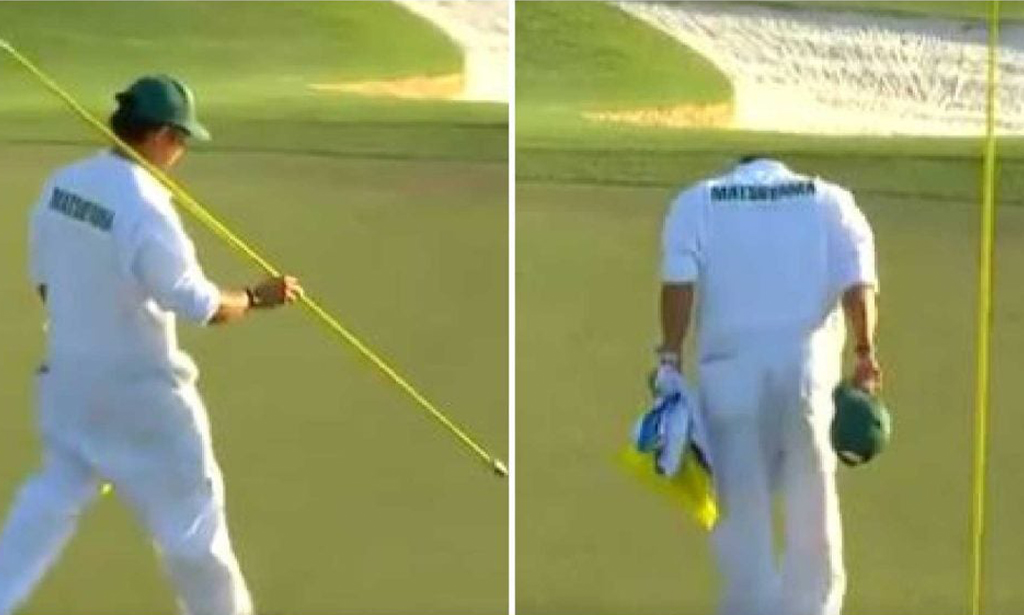Blog
5 Questions About the Brooks-Bryson Showdown
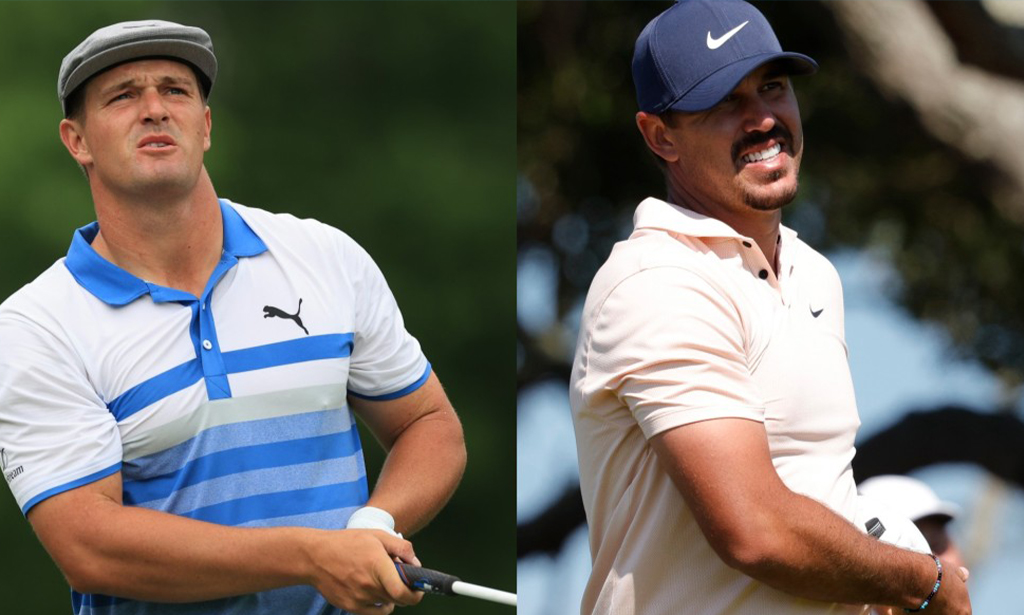
The best characteristic of the folks behind The Match, golf’s series of made-for-TV showdowns, is that they’re willing to adapt.
The first Match pitted the game’s two biggest names, Tiger Woods and Phil Mickelson, in a $9 million Las Vegas pay-per-view the day after Thanksgiving in 2018. Viewers flocked to place their orders; when else would they get to see Tiger vs. Phil like this? Overall, the show delivered; we got Woods sending it to sudden death playoff holes, we got a peek at Shadow Creek (Vegas’ mythic golf cathedral) and we got Mickelson winning the entire thing in the darkness on the 22nd hole on a strange, modified par-3 over a waterfall. It was strange and it was wonderful and it was very Vegas.
But not everything worked. The pay-per-view, for one thing. And Mickelson and Woods never quite seemed to decide whether they were doing friendly or intense, so instead they didn’t really do either. Their banter was flat and forced, their golf was lackluster and the whole thing took damn long.
This is why we keep playing golf even when we suck 98 percent of the timepic.twitter.com/Mm7KfAXRxD— LKD (@LukeKerrDineen) May 24, 2020
Then the show adapted. Its next iteration brought back Woods and Mickelson, but this time with partners: Woods got Peyton Manning, while Mickelson got Tom Brady. Suddenly there were more characters, more dialogue, more natural banter. There was less dead air, with golfers in carts connected to the broadcasters. There were more golf shots. And there was heightened star power, too — a certain subset of the American populus would watch Tom Brady and Peyton Manning visit the DMV, so watching them play golf added another layer of intrigue. (Note to self: that DMV idea isn’t half-bad…)
Mickelson excelled in the format, so he stayed on to anchor the next edition, which aired the day after Thanksgiving 2020 and featured the redemption of Charles Barkley’s golf game, the all-athlete team of Manning and Steph Curry and a terrific format tweak to modified alternate shot. It wasn’t fast-paced. It wasn’t viral, must-see TV. But it was still fun.
A bettor @dksportsbook put $1K on Chuck to hit the fairway on his first drive (+285)
Cash it ? pic.twitter.com/LIVbLHPZFg— br_betting (@br_betting) November 27, 2020
They added a couple wrinkles for The Match IV, heading to Montana and introducing Bryson DeChambeau and Aaron Rodgers to face off against Brady and Mickelson. Rodgers showed up with a surprisingly sharp game, we got to see DeChambeau pound driver at elevation and a bear even wandered through the set. (It was slow, though.)
Clutch gene. ?@AaronRodgers12 walks in one final putt to win The Match alongside @B_DeChambeau. pic.twitter.com/WNEJ1zEMRX— PGA TOUR (@PGATOUR) July 7, 2021
Now The Match V returns with the original 1 v. 1 format, pitting DeChambeau against rival Brooks Koepka, who is making his series debut. They’ll play 12 holes at The Wynn, just steps from the heart of the Las Vegas Strip. The Match’s announcement was received with excitement and eye-rolls in seemingly equal measure. So who’s right — the believers or the skeptics? In short, we don’t know yet. The Match’s producers and competitors have some questions to answer. Here are five of the biggest:
1. How real is the feud, anyway?
There’s a reason we’ve been begging for this matchup, whether in a PGA Tour event or elsewhere. Their public beef dates back to January 2019, when Koepka called out DeChambeau for slow play. Since then there have been too many developments to properly catalog. But of late the feud seems to have cooled; Commissioner Monahan called off fans yelling “Brooksy” at DeChambeau, the two agreed to play nice at the Ryder Cup and even finished the week with a public embrace.
When the Match was announced, then, some golf fans were understandably wary. Was the entire thing a marketing ploy? An attempt to climb the PIP leaderboard? Was it all just made up?
My guess: It’s more real than you might think. Think back to the moment this initially took off, when an outtake from Koepka’s interview with Todd Lewis leaked and his reaction to DeChambeau walking by became the eye-roll seen ’round the world. That was real annoyance. There’s no faking a reaction like that. And now they’re taking advantage of it. They’re cashing in on that very real tension. Speaking of which…
2. Will they go friendly or frosty?
There are two approaches that would result in particularly worthwhile viewing here. The first would be a reconciliation of sorts, where the two hash out their differences in an authentic series of conversations that take place over a series of holes. They wouldn’t necessarily resolve anything but they’d at least address the root of the feud. I’m envisioning Zoolander and Hansel getting together for their epic confrontation:
“Why you been acting so messed up towards me?”
Wow, just typing that makes me consider its improbability. But it’s not impossible. The “authentic” note just seems like the toughest one to hit.
The second approach would be embracing the rivalry’s contentiousness. They could each demonstrate their legitimate dislike for the other through open frostiness. Uncomfortable silences. Pettiness. Non-conceded putts. General graveness. The outside chance of a physical altercation would linger over every green. This would be awesome but, again, unlikely. It’s golf.
My guess: DeChambeau is, by nature, friendly and non-confrontational, which might make both options difficult. Koepka is good at staredowns, he’s good at pettiness and he’s good at looking dour. But he has also seemed more comfortable buddying up with DeChambeau in recent weeks, so it’s not clear he could really go full heel here. Hopefully there’s some middle ground they can hit, but managing this balance seems like this match’s biggest challenge.
3. Can 1 vs. 1 work?
There’s a reason event organizers added more characters to this thing. Not even Woods and Mickelson could fill four-plus hours of dead space. There’s a lot of pressure to be entertaining when millions of people are tuning in just to watch you walk from the tee to your ball — and these guys are used to making those walks in silence or muttering to their caddies.
It’s tough to keep tension high for four-plus hours when there are just two golfers and they’re forcing banter. And it’s tough to fill the space if they aren’t forcing banter, too. So this is another challenge.
My guess: They’ve taken a few steps to resolve this one. First there are the earpieces, which connect competitors to broadcasters who can guide conversation or introduce wrinkles of their own that take some of the pressure off their mano a mano interactions. Next are the golf carts, which speed up play and avoid the awkwardness of figuring out whether they should walk together down the fairway. And then there’s the decision they’ve made to shrink the competition to 12 holes.
4. Is 12 holes the correct answer?
There is an obvious benefit to 12 holes: It doesn’t take as long as 18 holes. The Match has struggled with going too long, and now it will be shorter! But it’s still longer than nine holes, so you’re getting two-thirds the golf instead of just half. That would be unsatisfying.
The downside is mostly to the match’s perceived legitimacy. A round of golf is generally considered to be 18 holes, and golf matches are generally considered to be 18 holes. Does 12 holes take away from the winner’s accomplishment?
My guess: We’re still talking about The Match here. It’s fun, but it doesn’t exactly define a player’s legacy. So 12 holes isn’t really a deal-breaker. If we’re splitting hairs, I’d rather get 13 holes than 12, but I think it’s a worthy effort to stave off accusations of “this is boring!” and squeeze into a shorter TV window.
5. What, if any, role will Phil Mickelson play?
The only constant through the first four editions of The Match has been ole Lefty. Now the PGA Champ won’t be on the playing field — but will he be in the broadcast booth? Standing on the 18th hole, challenging each guy to a closest-to-the pin competition? Watching from the adjacent sportsbook, firing in prop bets? Several hours of Mickelson behind the microphone could be exactly the sort of eccentric energy this event demands.
My god, Phil did not hold back on the smack talk. pic.twitter.com/SX9wmRPPZt— GOLF.com (@GOLF_com) July 6, 2021
My guess: He’ll be there, reunited with his former partner Charles Barkley, calling the action alongside Ernie Johnson. That’ll be an extremely good thing for everyone watching and trying to stave off a post-Thanksgiving nap.
This article originally appeared on Golf.com.
Blog
The Art of the Unsolicited Golf Tip: How to Annoy Your Playing Partners with Wisdom
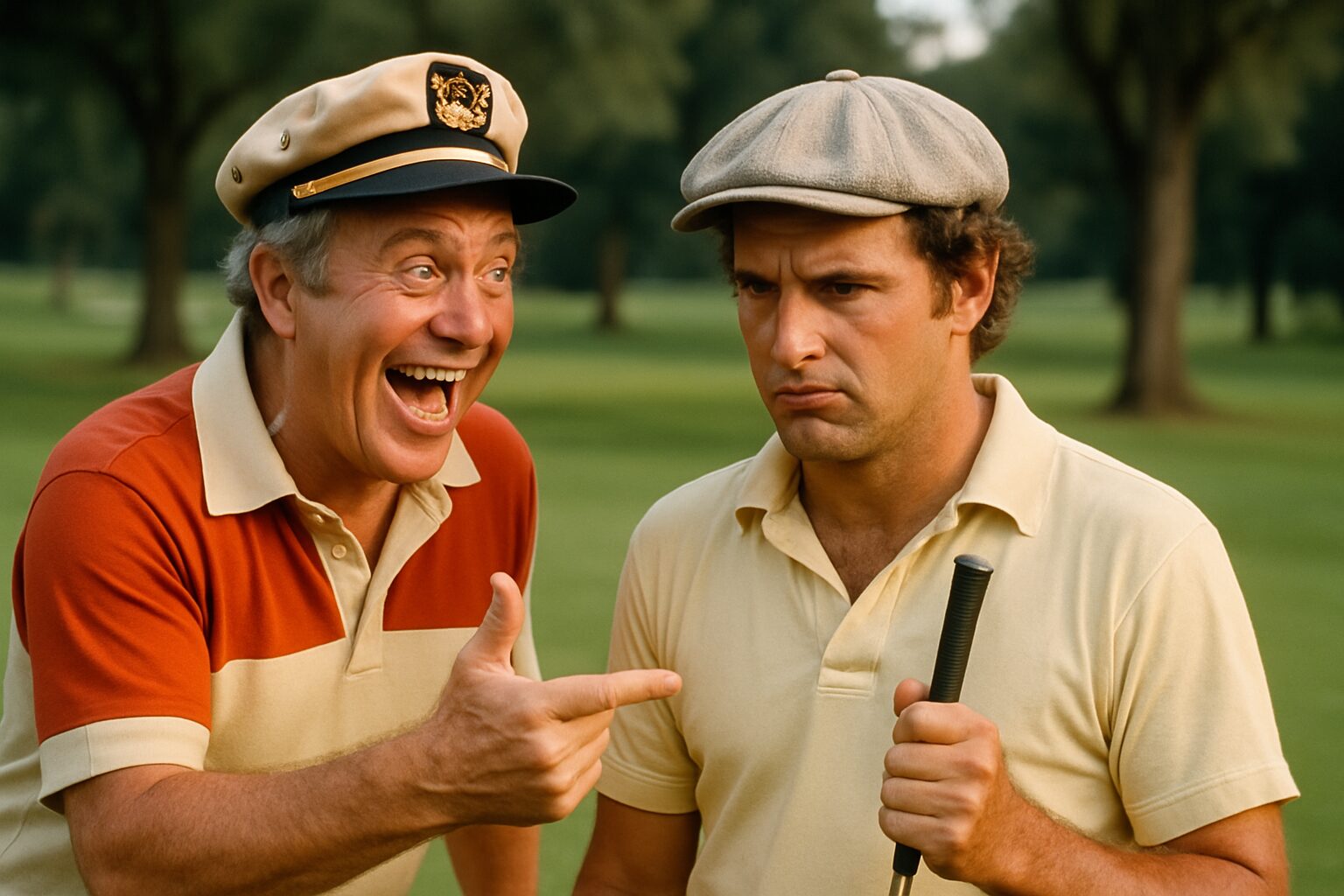
There’s a certain breed of golfer, a truly special individual, who believes that every swing, every putt, every moment on the course is an opportunity for unsolicited advice. They are the self-appointed gurus of the green, the unsolicited senseis of the sand trap. And while most people recoil from such an individual, I, Ty Webb, find a certain perverse charm in their relentless, often misguided, generosity. After all, what is golf if not a canvas for human folly, painted with strokes of well-intentioned, yet utterly useless, wisdom?
Consider the scenario: your playing partner, a man (or woman) of quiet desperation, is about to address the ball. Their brow is furrowed, their stance is tentative, their very soul is screaming for a moment of peace. And then, from the depths of your profound, albeit unrequested, knowledge, you unleash it: “Keep your head down!” Or, “Slow backswing!” Or, my personal favorite, delivered with a knowing wink, “Be the ball.” The effect is instantaneous. A subtle flinch. A barely perceptible sigh. The swing, already fraught with anxiety, becomes a tortured ballet of self-doubt. The ball, inevitably, finds its way into the deepest, darkest rough.
And that, my friends, is the art. The beauty of the unsolicited golf tip lies not in its efficacy, but in its disruption. It’s a gentle reminder that even in the serene confines of the golf course, chaos lurks. It’s a subtle assertion of dominance, a playful jab at the fragile ego of your fellow golfer. It’s a way of saying, without actually saying it, “I know more than you, even if I don’t.”
Of course, there are rules to this art. Never offer a tip when someone is actually asking for one; that would be far too helpful, and thus, entirely counterproductive. Always deliver your wisdom with an air of profound nonchalance, as if the secret to a perfect swing has just casually occurred to you while contemplating the existential dread of a missed putt. And most importantly, never, ever, acknowledge the catastrophic results of your advice. A shrug, a thoughtful nod, perhaps a mumbled, “Well, that’s golf,” is all that’s required.
So, the next time you’re on the course, and you see a fellow golfer struggling, resist the urge to be genuinely helpful. Instead, embrace the art of the unsolicited golf tip. For in the gentle torment of your playing partners, you will find a profound, if slightly mischievous, joy. And who knows, perhaps in their frustration, they will, inadvertently, discover their own path to enlightenment. Or at least, a new appreciation for silence.
Blog
Why Your Golf Balls Disappear (and It’s Not the Gophers)
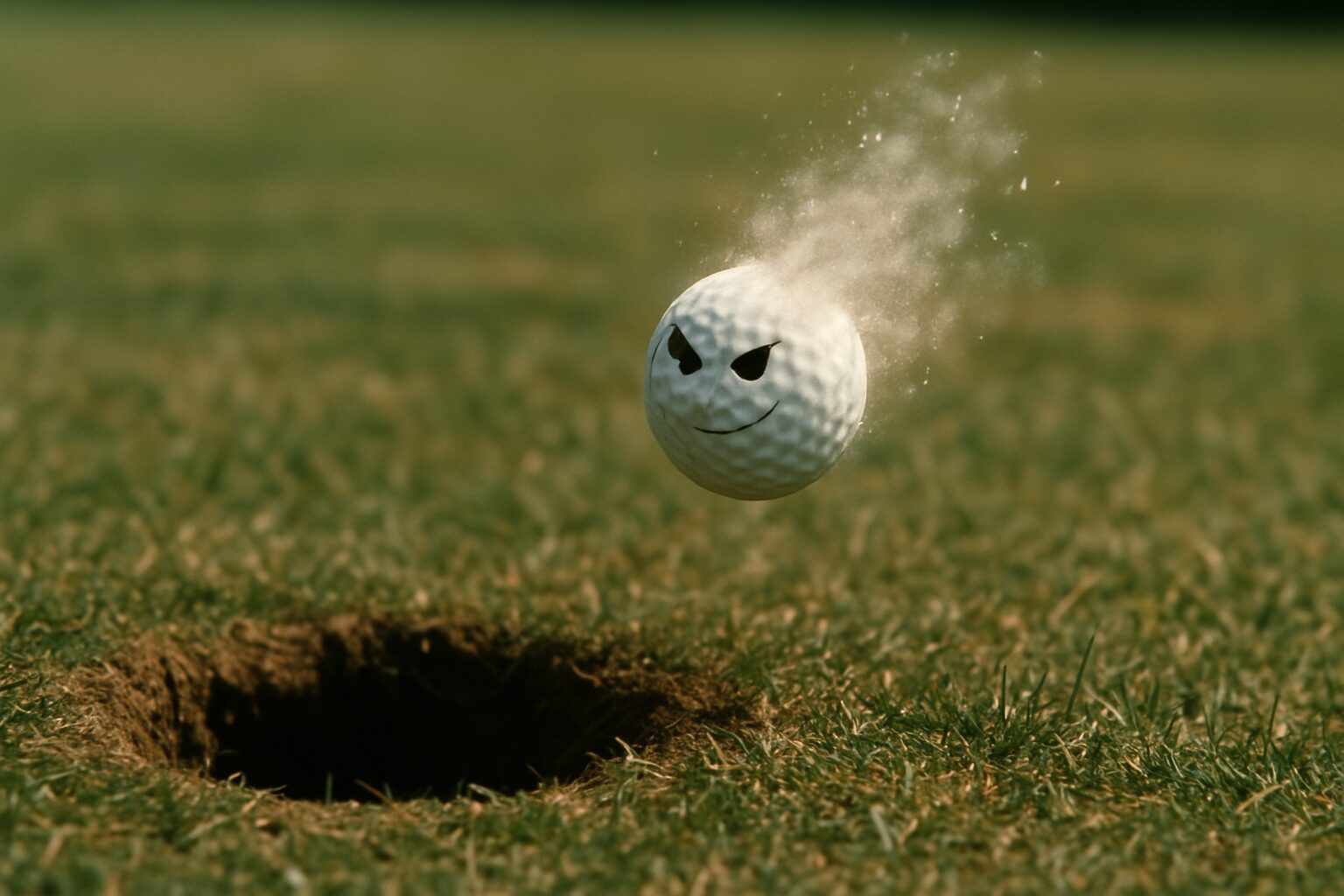
Ah, the vanishing golf ball. A phenomenon as old as the game itself, and one that has baffled, frustrated, and occasionally driven golfers to the brink of madness for centuries. Most theories involve gophers, those furry, subterranean saboteurs with an insatiable appetite for Titleists. Or perhaps a particularly aggressive squirrel, or a flock of unusually organized crows. But I, Ty Webb, have delved deeper into this mystery, and I can assure you, the truth is far more profound, and far more amusing.
Consider, if you will, the golf ball itself. A small, dimpled sphere, designed for one purpose: to be struck with great force and sent hurtling through the air. A life of constant abuse, of being smacked, sliced, and occasionally submerged in murky ponds. Is it any wonder, then, that some of these brave little spheres simply decide they’ve had enough? They yearn for freedom, for a life beyond the confines of the fairway. They dream of rolling unencumbered through fields of wildflowers, or perhaps, for the more adventurous among them, a quiet retirement in the depths of a particularly challenging water hazard.
I’ve seen it happen, you know. A perfectly struck shot, soaring through the air, destined for glory. And then, poof. Gone. Not a trace. No splash, no rustle in the bushes, just an empty space where a golf ball once was. It’s not a gopher, my friends. It’s an escape. A liberation. That golf ball, in its infinite wisdom, has chosen a different path. It has decided that its destiny lies not in the bottom of a cup, but in the boundless expanse of the unknown.
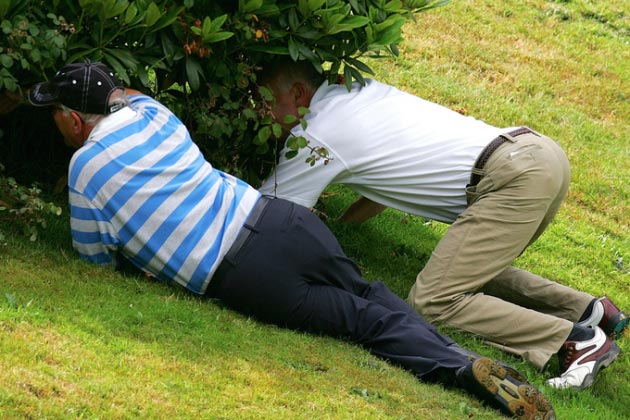
And who are we to judge? We, who are so obsessed with control, with precision, with the rigid rules of the game. Perhaps the golf ball, in its spontaneous disappearance, is teaching us a valuable lesson about letting go. About embracing the unexpected. About the inherent futility of trying to dictate the trajectory of a small, white sphere that clearly has a mind of its own.
So, the next time your golf ball vanishes into thin air, don’t curse the gophers. Don’t blame your swing. Instead, offer a silent salute to that brave little sphere, wherever it may be. For it has achieved what many of us can only dream of: true freedom. And who knows, perhaps one day, it will return, laden with tales of its adventures, ready to impart some profound, dimpled wisdom upon us all.
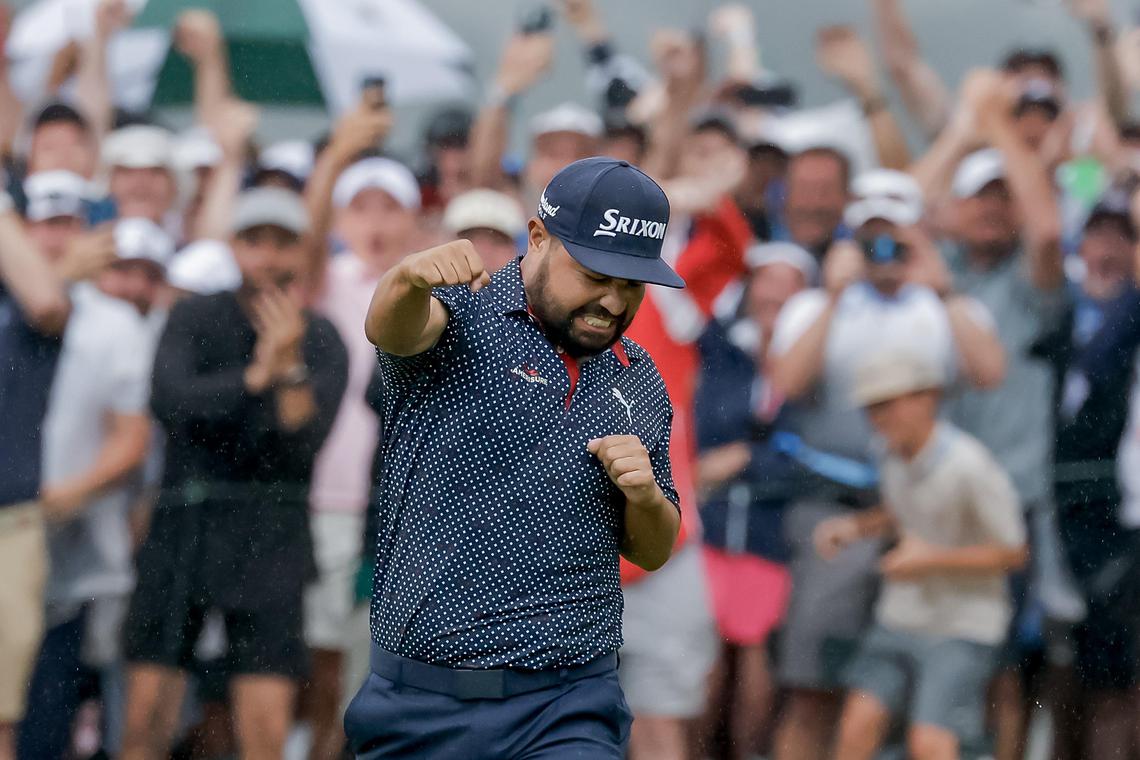
When JJ Spaun stood over a 64-foot birdie putt on the 72nd hole of the 2025 U.S. Open at Oakmont, few could have predicted what would come next. The ball meandered across the slick green, trickling over every contour, picking up speed at the crest, and then—like it had GPS—dropped center cup. Spaun dropped his putter, raised his arms, and the crowd erupted. With that single stroke, he claimed his first major title in one of the most dramatic finishes in U.S. Open history.
But how does Spaun’s putt stack up against other legendary finishes in the tournament’s storied past? Let’s break down some of the most iconic moments and see where this one lands.
1. Payne Stewart – 1999 U.S. Open at Pinehurst
Perhaps the most iconic putt in U.S. Open history came from Payne Stewart, who nailed a 15-footer for par on the 18th to win by one over Phil Mickelson. The pose—fist pump and outstretched leg—has since been immortalized in a statue at Pinehurst. What made it legendary wasn’t just the putt—it was the context: Stewart’s final major before his tragic death just months later.
Verdict: Iconic and emotional. Spaun’s putt was longer, but Stewart’s was more poetic.
2. Tiger Woods – 2008 U.S. Open at Torrey Pines
Woods drained a 12-foot birdie on the 72nd hole to force a playoff with Rocco Mediate—while basically playing on one leg. That tournament went to sudden death after an 18-hole playoff, and Tiger prevailed. This was peak Tiger drama, pain and all.
Verdict: Spaun’s putt was longer, but Tiger’s win was sheer willpower and mystique.
3. Jack Nicklaus – 1972 U.S. Open at Pebble Beach
With a 1-iron shot that hit the flagstick on 17 and a crucial birdie putt on 18, Jack sealed a dominant win. His precision and timing under pressure showed why he’s the GOAT.
Verdict: Not a putt for the win, but a signature finishing statement from Jack. Spaun’s was more electric in terms of pure putter drama.
4. Ben Hogan – 1950 U.S. Open at Merion
Hogan’s 1-iron into the 18th fairway and the par to force a playoff—just 16 months after a near-fatal car crash—remain legendary. He won the playoff and completed one of golf’s great comeback stories.
Verdict: Larger-than-life comeback. Spaun’s putt had more flair, but Hogan’s win was heroic.
5. JJ Spaun – 2025 U.S. Open at Oakmont
Let’s not underestimate what Spaun accomplished. The pressure was immense. He wasn’t the favorite. And on the most treacherous greens in golf, he buried a 64-foot bomb—a putt most players would be happy to lag to within 5 feet—to win the U.S. Open outright.
Verdict: For distance, surprise, and drama, Spaun’s putt may be the most shocking winning stroke in U.S. Open history.
Final Thoughts
JJ Spaun may not have the résumé of a Nicklaus or Woods, but for one Sunday afternoon in June 2025, he created a moment that will live in golf lore forever. Spaun’s putt was longer than Stewart’s, more unexpected than Tiger’s, and more dramatic than any final-hole finish in recent memory.
In terms of pure clutch putting? It might just be the greatest walk-off in U.S. Open history.
-

 Product Review6 years ago
Product Review6 years agoThe Perfect Practice Putting Mat Review by Jason Tenzer
-

 Blog4 years ago
Blog4 years agoLoophole Rule Offers PGA Tour Pros a Mulligan
-

 Blog4 years ago
Blog4 years ago2021 Buyer’s Guide: The Top 10 Value Golf Balls For Distance & Feel
-

 Blog4 years ago
Blog4 years agoGolf Marriage Counselor
-

 Blog6 years ago
Blog6 years ago9 Biggest Chokes Of The Past Decade
-

 Product Review6 years ago
Product Review6 years agoTHE ADJUSTABLE IRONS: WALKING STICKS GOLF CLUBS
-

 Blog4 years ago
Blog4 years agoWhat Your Golf Clubs Say About You
-

 Equipment6 years ago
Equipment6 years agoOHK Sports Interview by Jason Tenzer



